Car accidents in Long Island, New York, occur at an alarming rate, with Nassau and Suffolk counties reporting over 45,000 motor vehicle crashes annually, according to the New York State Department of Motor Vehicles. The Long Island Expressway, Northern State Parkway, and other major roadways contribute to heavy traffic congestion, increasing the likelihood of accidents. With such high accident rates, understanding the proper steps to take immediately following a collision is crucial for protecting your rights and ensuring fair compensation.
Accidents are unforeseen, and people can experience a lot of stress and confusion. Understanding just what to do straightaway after an auto collision is a big help. Consulting with a qualified Long Island car accident lawyer can provide essential guidance during these challenging times and help you navigate the complex legal process that follows.
Ensure Safety First
Safety is the number one concern after an accident or crash. Check for injuries, and call 911 if necessary. If you can, move vehicles away from the incident to a safe place to avoid additional danger. Activate your hazard lights to warn other drivers. Safety is the number one thing—we want to avoid further trauma.
Contact Law Enforcement
It is vital to report the incident to the police, regardless of whether anybody is injured or not. A formal police report provides official documentation of the accident. This can be of great help in court or insurance matters. Officers will collect information, record the scene, and provide assistance.
Gather Evidence
Evidence collection right at the scene is crucial. Photograph details of vehicle damage, road conditions, and any visible injuries with a phone. Take pictures of license plates, street signs, and traffic signals, as these images are a record of significance. Plus, note information like time, date, and weather conditions.
Exchange Information
Contact the other driver for vital information. Exchange names, contact numbers, insurance information, and car registration plates. This information is critical for communication and claims handling going forward. Don’t mention blame or fault, which can lead to misunderstandings.
Seek Medical Attention
It is always a good idea to get medical attention even for minor injuries. According to the Centers for Disease Control and Prevention, some injuries may not be immediately apparent. A doctor can evaluate and document any injury. Documented medical exams and treatments are used for legal and insurance purposes.
Notify Insurance Providers
Contact the insurance companies about the accident as soon as possible. Give them every piece of information and every bit of documentation that you have. Insurance companies will coordinate the next steps to facilitate efficient claims processing. Prompt reporting allows coverage and protection under the law.
Consult a Legal Professional
In a complicated event, consisting of many moving parts, it is good to have an expert on your side who can give you the clarity you need. Lawyers explain your rights, obligations, and options. They assist you in handling claims, negotiations, and lawsuits. It will take the burden off of having to deal with that afterwards.
Document Everything
Maintaining thorough records is essential. Retain copies of every paper concerning the accident. Such as police reports, medical records, and insurance correspondence. Documentation, with lots of details, backs up claims and builds a clear timeline of events.
Understand Rights and Responsibilities
The key is to understand your legal rights and responsibilities. Know the laws regarding accidents and insurance policies in your area. Awareness about things to do and things that are supposed to be protected gives people the confidence to deal with situations.
Avoid Unnecessary Communication
Talk about the accident only with the necessary personnel. Talk to police, insurance reps, and attorneys. Refrain from disclosing anything to non-relevant parties on social media. In this way, it prevents any misconceptions and protects the legal interests.
Consider Emotional Well-being
Accidents can be emotionally taxing. Seek help from friends, family, or professionals. Managing emotional health and stress is equally important. Support systems are those that give you comfort or a helping hand through these difficult times.
Prepare for Future Steps
After addressing the urgent issues, think about what comes next. Some of the next steps people often take are to repair the car, continue with medical treatment, and finalize claims with an insurance company. Being organized and taking initiative make the recovery process more seamless.
Conclusion
The understanding of what steps need to be taken after a car crash could affect the outcome. The steps you take when dealing with the situations are also important—prioritizing safety, collecting evidence, and seeking professional help are all part of proper management. Guided by the right steps, one can address this difficult circumstance with complete confidence and assurance.


